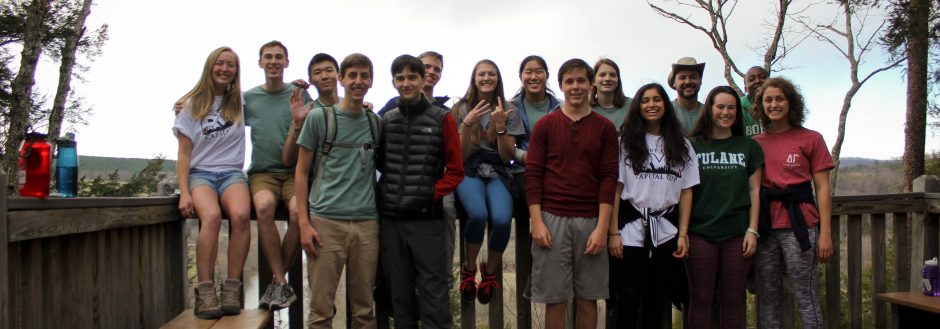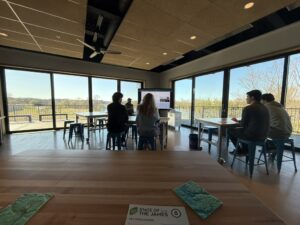One moment that stood out to me was observing the small wildlife in the water. These tiny organisms, many barely visible to the naked eye, serve as critical water quality indicators. The more they are in an area of water, the healthier the water tends to be. I was surprised to learn how such seemingly insignificant creatures can play such a significant role in understanding the health of the ecosystem. It made me feel more connected to the river and more aware of how every part of the environment, no matter how small, contributes to the bigger picture.
The James River has changed positively over time. The James River was once called one of the most polluted rivers in the country. During industrialization, more companies set up factories next to the James River. Allied Chemical Corporation, one of those companies, dumped Kepone, a toxic, nonbiodegradable insecticide, into the James River, causing the river to become so contaminated that commercial fisheries were closed. However, the James River we saw at the JRA River Education Center is not like that anymore. It is clean and thriving. Thanks to the tireless efforts of environmental organizations like the JRA, the river has been restored to a much healthier state, and the James River earns from a D to a B on the report card. Seeing the clear water, active wildlife, and educational programs in place made me hopeful about the future.
The visit deepened my understanding of the river’s role in the local ecosystem and community. I saw how it supports life, not only for plants and animals but also for people. Our field trip was a great example of how the river provides meaningful educational experiences. Through the large, clear floor-to-ceiling windows at the JRA River Education Center – which I loved – I saw people jogging along the river trail and fishing from the riverbank. It was a beautiful reminder that the river is a shared space that brings people and nature together. Overall, it reminded me that environmental protection is not just about saving nature but about sustaining our communities as well.

